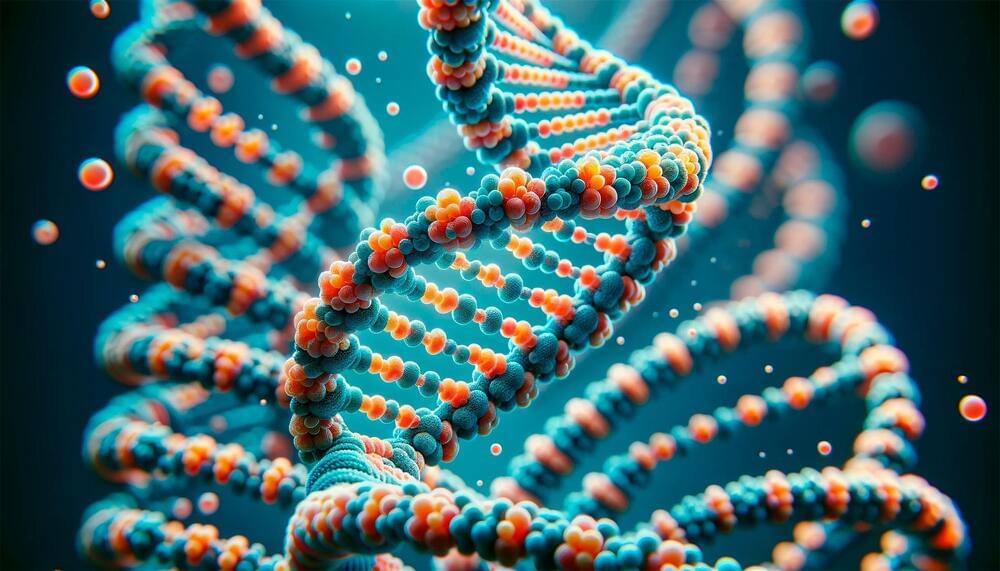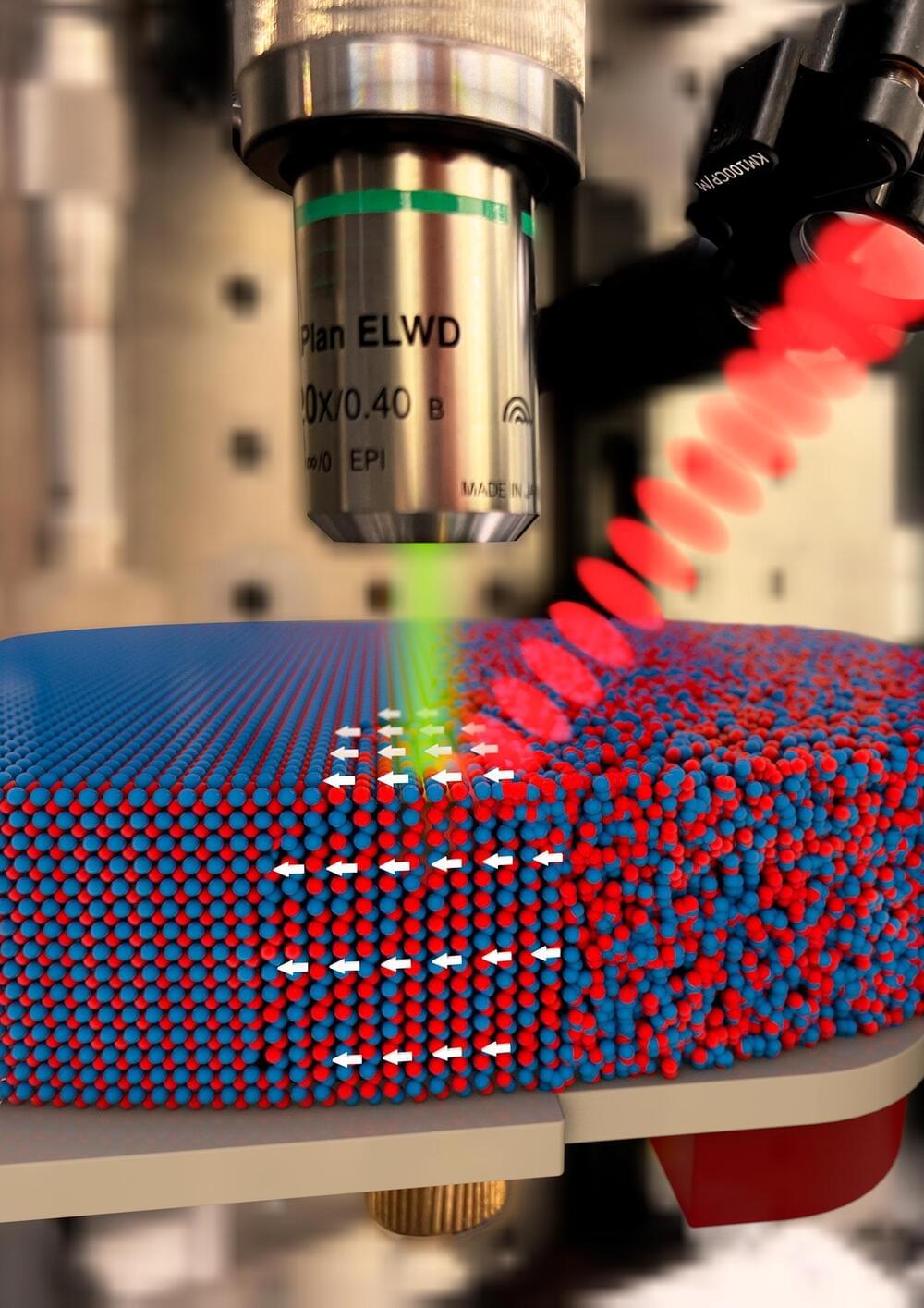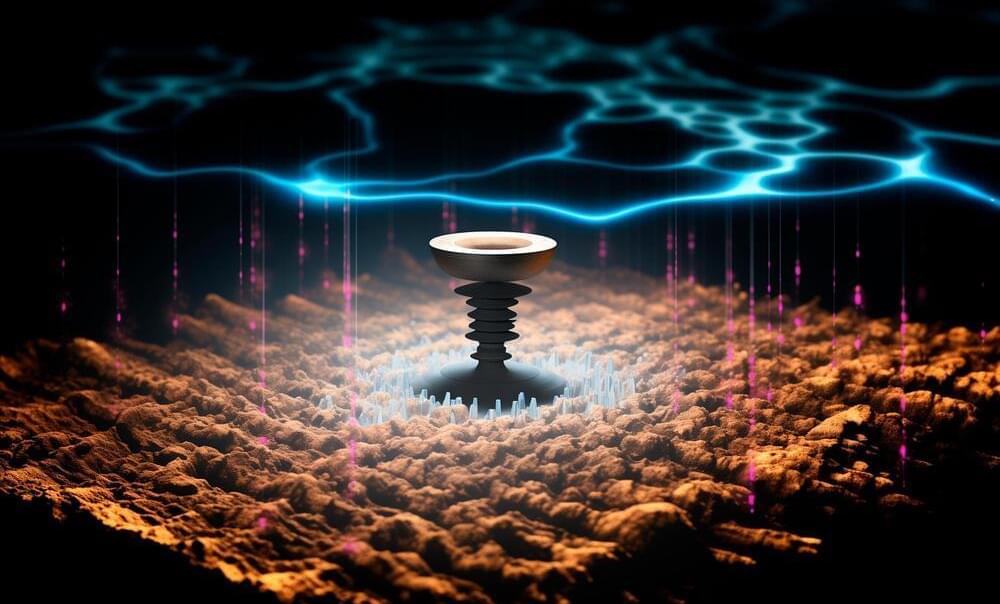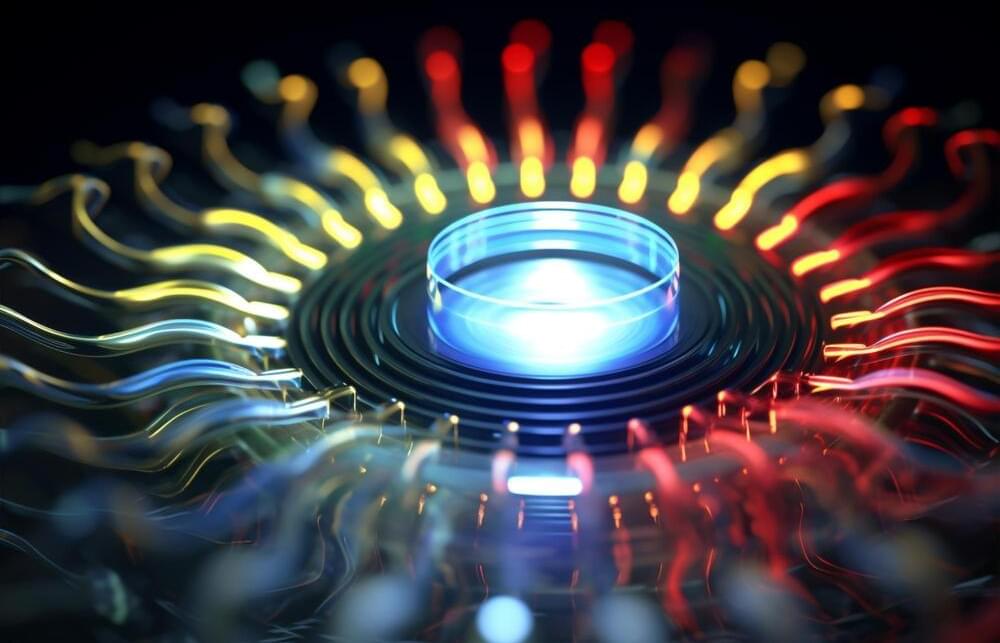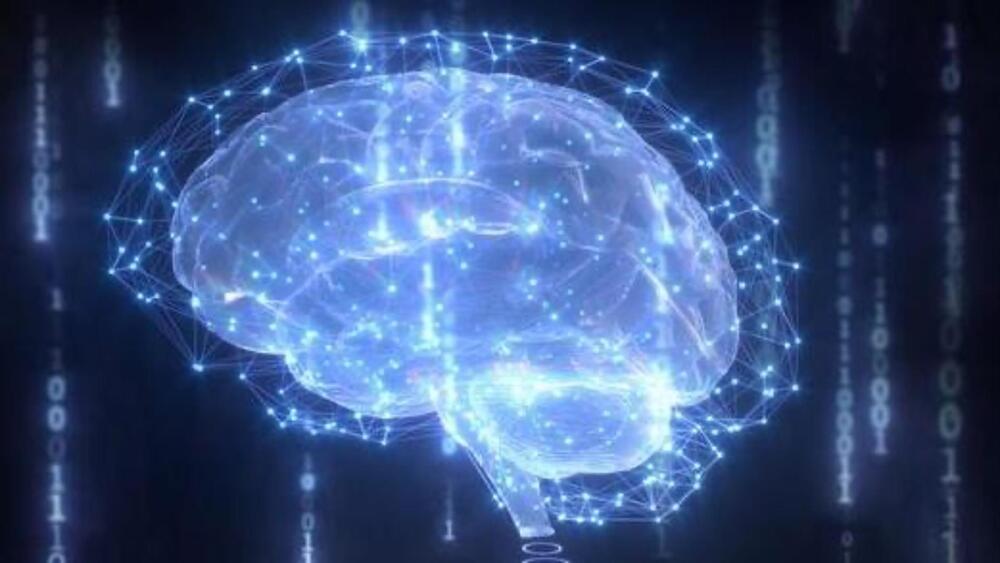USC Dornsife’s CReATiNG technique revolutionizes synthetic biology by facilitating the cost-effective construction of synthetic chromosomes, promising significant advancements in various scientific and medical fields.
A groundbreaking new technique invented by researchers at the USC Dornsife College of Letters, Arts and Science may revolutionize the field of synthetic biology. Known as CReATiNG (Cloning Reprogramming and Assembling Tiled Natural Genomic DNA), the method offers a simpler and more cost-effective approach to constructing synthetic chromosomes. It could significantly advance genetic engineering and enable a wide range of advances in medicine, biotechnology, biofuel production, and even space exploration.
Simplifying Chromosome Construction
